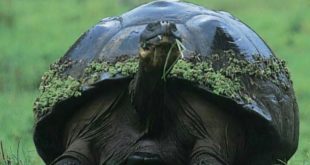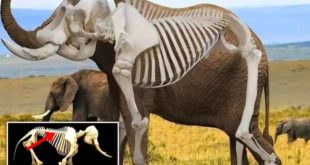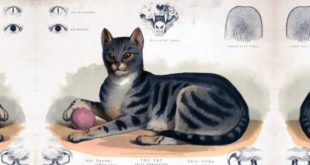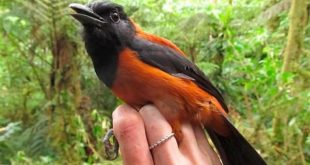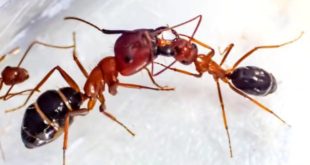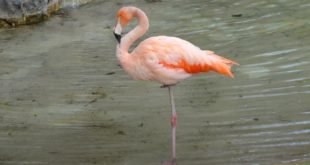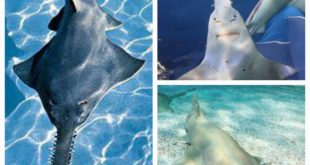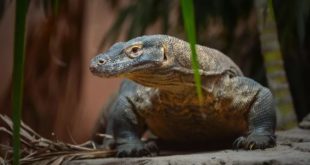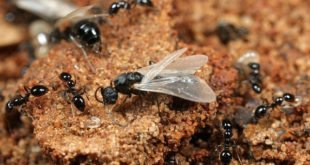Turtles possess a remarkable ability to defy the aging process, making them some of the longest-lived creatures on Earth. This exceptional longevity stems from their incredibly slow metabolic rate, which plays a crucial role in maintaining their bodies and internal organs in excellent condition throughout their lives. Unlike most …
Read More »The Burden of Beauty: Elephant Tourism and a Broken Back
The majestic elephant, a symbol of strength and wisdom, is tragically burdened by the weight of tourism in many parts of the world. Their skeletal structure, while robust, is not designed to carry heavy loads on their backs. Years of forced labor, often carrying tourists for long hours, take a …
Read More »The Feline Alliance: How Cats Chose Domestication and Became Our Companions
Cats have long held a special place in human culture, adorning our homes and hearts with their enigmatic presence. But what many may not know is that the story of how cats and humans came to coexist is one of mutual benefit and clever adaptation. This tale begins over 10,000 …
Read More »The Deadly Beauty: The Hooded Pitohui and its Toxic Defense
The Hooded Pitohui, a vibrant bird native to New Guinea, holds a secret beneath its colourful plumage. While its appearance might entice, this bird is one of the most poisonous in the world. Its skin and feathers are laced with a potent neurotoxin called batrachotoxin, the same poison found in …
Read More »Social Immunization in Ant Colonies: A Cooperative Defense Against Fungal Infections
Ants are incredibly social insects, forming complex colonies that demonstrate a range of cooperative behaviors. One of the most intriguing strategies they employ to combat pathogens, particularly fungal infections, is known as “social immunization.” This process reflects the remarkable adaptability of ants and their communal approach to enhancing colony health. …
Read More »The Science Behind Flamingos’ One-Legged Stance: A Functional Adaptation to Heat Loss
Flamingos, known for their vibrant pink feathers and elegant one-legged stance, are often admired for their beauty and grace. However, this unique posture serves a practical purpose that goes beyond aesthetics. Contrary to popular belief, flamingos do not stand on one leg merely for looks; they do so as an …
Read More »Drunk Bees: The Phenomenon of Fermentation in Bees and Its Implications
This report explores the intriguing phenomenon of nectar fermentation in hot weather and its effects on bee behavior, particularly the consequences of intoxication on hive dynamics. As environmental factors such as temperature play a pivotal role in the production and quality of nectar, understanding these processes is crucial to grasping …
Read More »The Sawfish (Carpenter Fish) : A Master of Sensory Hunting
The Sawfish, also known as the Carpenter Fish, is a fascinating and enigmatic creature, named for the large, saw-like structure protruding from its snout. This intriguing adaptation is a testament to the wonders of nature and its incredible diversity. The Saw: A Weapon and a Sensory Tool: The sawfish’s rostrum, …
Read More »Parthenogenesis:The Surprising World of Virgin Births in the Animal Kingdom
Did you know that some animals, like snakes, komodo dragons, sharks, and even turkeys, can reproduce without mating? It’s true! These creatures have the remarkable ability to reproduce asexually through a process called parthenogenesis. The Mystery of Parthenogenesis: Parthenogenesis is a form of asexual reproduction where a female organism can …
Read More »The Mystery of the Winged Ant: A Tale of Reproduction and Colony Expansion
While most ants we encounter are wingless, diligently working to build their colony and gather food, a fascinating phenomenon occurs at certain times of the year: the emergence of winged ants, soaring through the air in swarms. These flying ants, often a source of curiosity and sometimes annoyance, are not …
Read More » Pazionmedia.com Pazion Media l Latest News l Politics l Sports l Entertainment
Pazionmedia.com Pazion Media l Latest News l Politics l Sports l Entertainment
